Cali has 562 species of birds; more than all of Europe. Key reasons are that its boundary spans an elevational range between 950m and 4,100m, going through wetlands, grasslands, and dry forests, climbing up to cloud forests and the high Andes. The city lies at the crossroads of three major biogeographic regions. And Cali also has a remarkable number of protected areas.
Birds are the link between the urban and the wild. A bird-friendly city can harbor an important sample of species found in the surrounding natural areas. In contrast, hostile urban environments will only have a handful of species that can thrive in harsh conditions. Birds are therefore the emissaries that speak on the impacts of anthropogenic drivers over the natural world and the increasing role of cities in the conservation of nature.
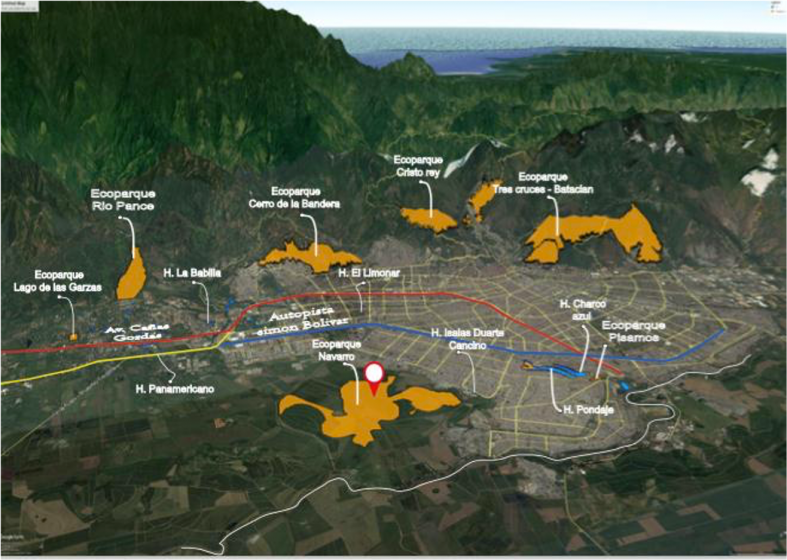
To ask how many birds live in a city is a first step to help us understand the effects of urbanization on wildlife and the extent to which a city has successfully created the habitats in which wildlife can thrive. Also, by comparing lists across different cities, we can gain insights into what it takes to design more sustainable urban environments. However, it turns out that even when birders and ornithologists are obsessed with lists, finding bird lists for cities is very hard, and most cities don’t have one. There are many lists for localities, counties, or countries, but just not for cities.
To illustrate the difficulty in finding bird lists for cities, consider a 2014 study on the effects of urbanization on a global scale, where researchers compiled bird lists of 54 cities across six continents. They found a median of 112 birds per city, ranging between 24 species (Jerusalem) and 368 species (the city-state of Singapore). Unfortunately, this dataset is still far from complete. The authors did not include any cities in Colombia, the country with the largest bird list in the globe (1884 species, ranked first according to BirdLife International).
At that time, the researchers would have found out that the city of Ibagué, on the Eastern Andes, has an eye-popping list of 537 species, topping their dataset. Other cities with published lists were Medellin (445 species), Manizales (439 species), Popayan (338 species), and Pereira (203 species). Bogota, Colombia’s capital, hovers around 300 species. But it’s not the researcher’s fault for not finding these lists back then. Bird lists of cities are mostly found in the grey literature, or in obscure journals in foreign languages. Thankfully, there are now ongoing efforts to make biodiversity knowledge more accessible, and researchers are more aware they should expand their search to non-English sources.
Fast forward and in 2017, I lead a research team to find out the number of birds in the city of Cali. My motivation was to provide a tool to raise awareness on preserving the avifauna of the city. Cali has a privileged geographic position in the foothills of the western Andes of Colombia, in a region known for its endemics and small-ranged species that so critical for conservation.
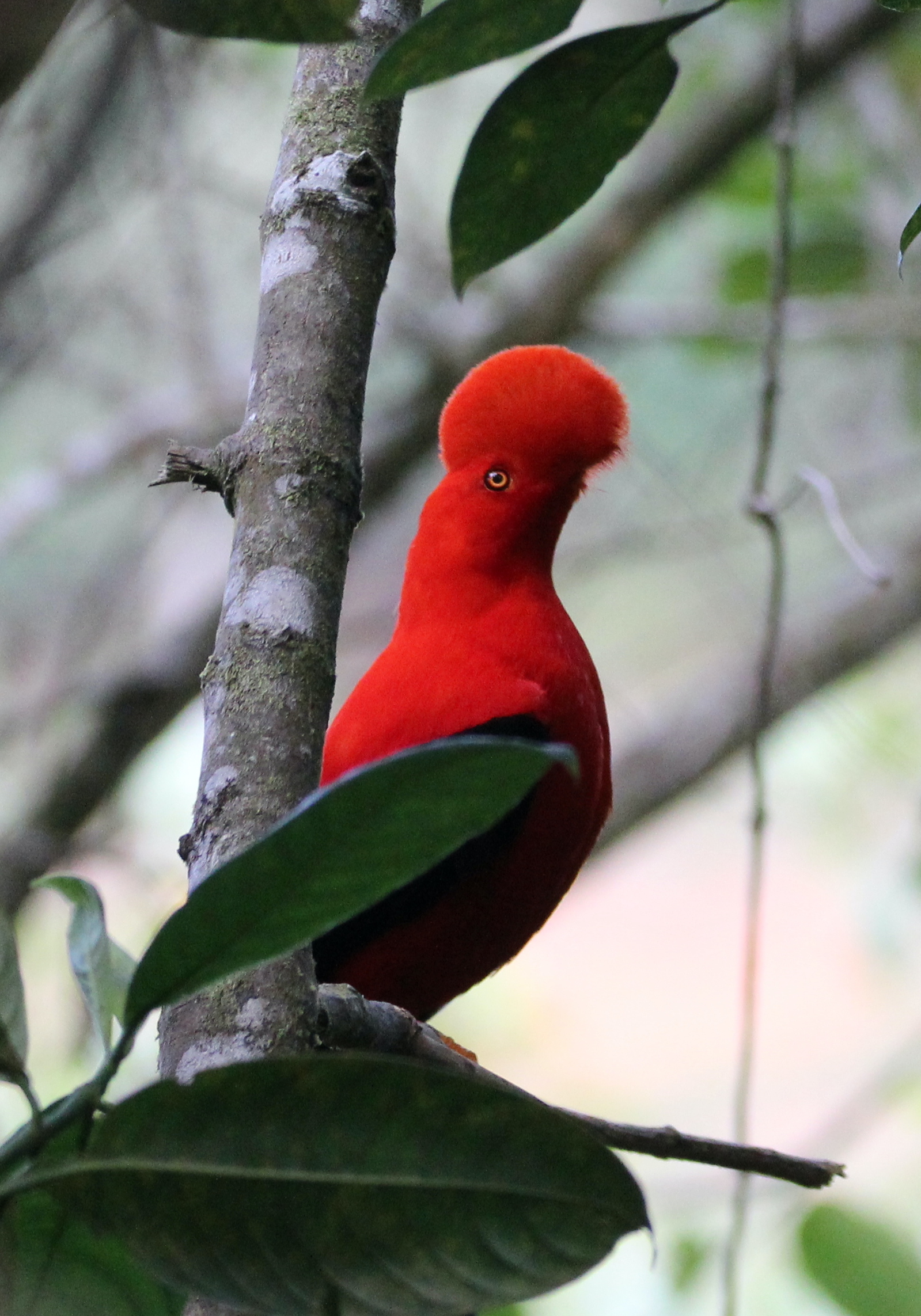
We were not much concerned with the final number of species. The estimates for the city of Cali were about 400 species of birds, a rather average number for Colombia. But, as we began compiling records, this number was quickly left behind, and that’s when we got excited. We then hoped as work progressed to get over 500 birds, and we were optimistic, but the list was building up fast. Could we end up having more species than Ibagué? Yes, we did.
We finished our research with a list of 561 confirmed records of birds, and other 25 potential records (link to manuscript here, where each species has its supporting referenced record). To our surprise, Cali was standing as the city with the most birds in Colombia, the country with the most birds in the world. Our work inspired the creation of a new guide to the birds of Cali in 2019, published by Calidris, Birdlife’s partner in Colombia. A record was added, and 562 bird species is the new official number.
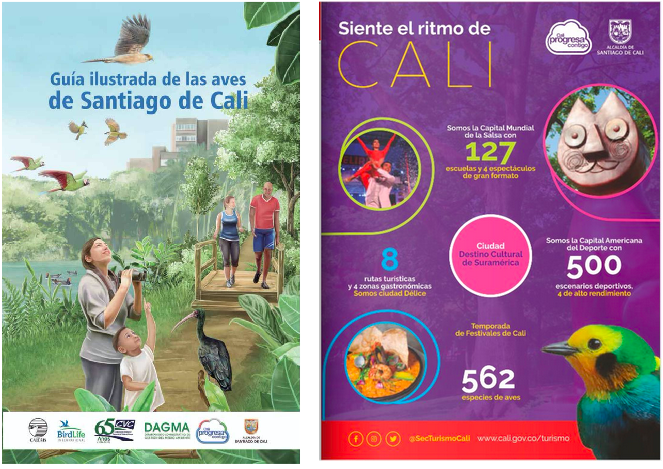
How impressive is the number of 562 bird species? Cali has a few more birds than the Quindío Department, which is three times larger in area (central Andes of Colombia; 560 species). In the international context, it is very telling that Cali has more species than all the 541 wild birds that regularly occur in Europe.
So, why does Cali have so many species of birds? A key reason is that its administrative boundary spans an elevational range between 950 m and 4,100 m going through wetlands, grasslands, and dry forests, climbing up to cloud forests and the high Andes. All of this happens within 562 km2, of which only 30% is urban. The city lies at the crossroads of three major biogeographic regions and has species from all of them: the tropical Andes, the Choco Biogeographic Region, and the Geographic Cauca River Valley.
Cali also has a remarkable number of protected areas including a portion of the National Natural Park Farallones de Cali, considered one of the most irreplaceable areas in the entire globe. Farallones place is still largely unexplored, and a new species of Antpitta was recently found. It will become the 563 species once it is officially described.
Among other sites of importance for birds, lies the Key Biodiversity Area (KBA) cloud forest of San Antonio/km-18, one of the most visited places for birdwatchers in Colombia. It is also among the few sites in the world with over 100 years of ornithological research. I had the honor to be part of this history and to conduct conservation work in this region through my non-profit Fundacion Ecotonos. The urban center of Cali is also well forested, and there are places such as the Universidad del Valle which works as a large, green island and steppingstone for bird movement.
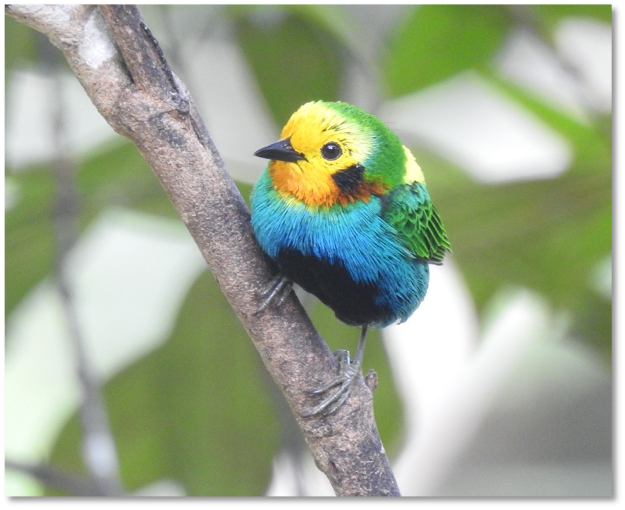
But is Cali the city with the longest bird list in the world? We can look for other potential candidate cities not listed in the 2014 study. We can narrow our search by focusing on the Tropics. Cities up north just don’t have that many species. Take Vancouver, for instance, which only has 48 species of birds (although the crows are really dazzling). So, we can discard cities in temperate regions for now. I also quickly looked into some cities in Asia in that dataset, and most had lists between 200 and 300 species.
It is in the tropical belt of South America that we have the most likely chance to find the city with the longest bird list in the world, one would suppose. For instance, take Georgetown, Guyana, one of those hidden gems in Neotropical Birdwatching. Nicknamed the “Garden City”, it’s reported to have 285 species of birds, but it falls short of Cali. Not to say the birding is not outstanding, but I am not talking here about birding experience; I’m focusing on sheer raw numbers.
Keeping up with the Neotropics, the city with most birds that I can think of is Quito, Ecuador. The Metropolitan District of Quito is said to have 542 species of birds. It has been called the “Bird Capital of the World”. This is not surprising because, similarly to Cali, it spans different elevational belts and ecosystems. However, the Quito number encompass entire metropolitan region of Quito. This is a sizeable area of 4,230 km2 (1,630 sq mi), whereas the city of Quito itself is 372.39 km2 (143.78 sq mi) and should have fewer species.
Is Cali the winner, then?
It turns out that we can’t even be sure for Colombia. Earlier this year, the Alexander von Humboldt Institute published a study quantifying bird richness within administrative and protected areas in the country. Notably, they estimated the number of birds for all 1,122 municipalities. The issue is that their analysis was based on expert maps which have a coarse resolution, and you can get some wonky results. They estimated Cali had only 482 species… 80 species shy from its actual bird list. But for many municipalities the numbers seem too high, with close to 300 municipalities having 600 species or more! In any case, it might well be that some other city in Colombia has more birds than Cali, but we need thoroughly revised checklists to be sure.
Now, the only rightful contender in the title for the city with most birds in the world that I am aware of is actually outside of Colombia and South America: the city of Nairobi, Kenya. Its bird list has an interesting history.
In 1997, Bill Harvey published his “Checklist of the birds of Nairobi including Nairobi National Park” with an impressive list of 604 birds. This led to many claims of Nairobi as the city with the most birds in the world, but the list had some erroneous records and inconsistencies. Fifteen years later in 2012, Brian Finch, one of Kenya’s most seasoned ornithologists, published “Nairobi National Park Bird Checklist”. He reported 493 species. The eBird hotspot has 498 species. Will Nairobi sum up to over 562 species? It could be possible.
But maybe the city with the longest bird list in the world is neither Cali nor Nairobi, and it might not even be in Colombia. Perhaps it’s actually an Asian city, or some other city in South America. I would love to find out for sure, and I think this is a fun and important question to ask. Why? Because I am convinced that cities are the future of conservation and exploring questions around birds in urban environments could ‘pave’ the road towards a more sustainable future. Cities have a long list of duties to become global environmental leaders, and I contend that a humble bird list is a great way to start.
Rubén Darío Palacio
Durham


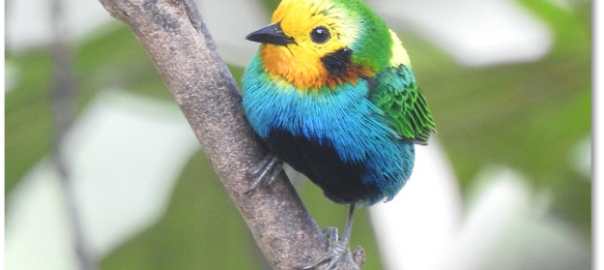




Leave a Reply